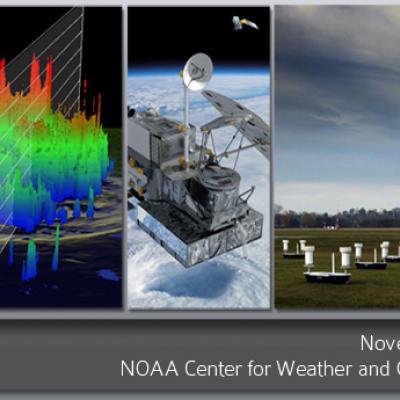Faces of GPM: Dr. Dalia Kirschbaum, GPM Applications Scientist
Dr. Kirschbaum discusses her role with GPM, how she became a scientist, and how remotely sensed satellite data can be used to study and evaluate natural hazards such as landslides.
This video is the first in a series called "Faces of GPM", which will interview several GPM team members to learn what it is like to be a NASA scientist or engineer.
Video Text:




